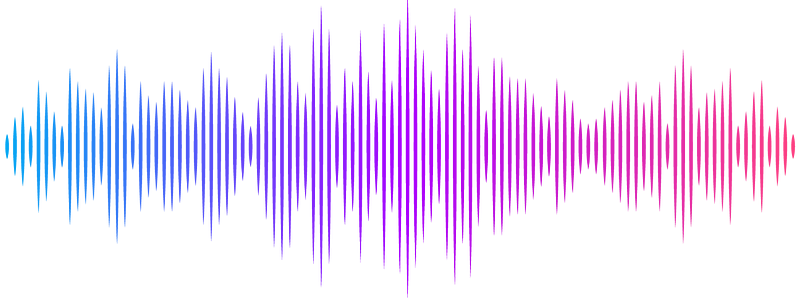The maximum mass and rotational kinetic energy of rapidly rotating neutron stars

The maximum mass and rotational kinetic energy of rapidly rotating neutron stars
Shao-Peng Tang, Yong-Jia Huang, Yi-Zhong Fan
AbstractRapid uniformly-rotating neutron stars are expected to be formed for instance in the collapse of some massive stars, the accretion of some compact object binaries, and some double neutron star mergers. The huge amount of the rotational energy has been widely believed to be the source of some cosmic gamma-ray bursts and superluminous supernovae. Benefited from the tight constraints on the equation of state of the neutron star matter set by the latest multi-messenger data, the chiral effective field theory ($\chi$EFT) and perturbative quantum chromodynamics (pQCD), here we present the maximum gravitational mass as well as the kinetic rotational energy for a neutron star at a given spin period. Our nonparametric EOS analysis reveals that the critical Keplerian configurations ($\Omega_{\rm kep}^{\rm crit}=1.00\pm0.07\times 10^{4}~ {\rm rad/s}$) can sustain maximum gravitational masses of $M_{\rm kep}^{\rm crit}=2.76^{+0.11}_{-0.09} M_\odot$ with corresponding rotational energy reaching $E_{\rm rot,kep}^{\rm crit}=2.38^{+0.25}_{-0.24}\times 10^{53}$. However, the maximum rotational energy that can be feasibly extracted from a neutron star is limited to $1.40^{+0.15}_{-0.13}\times 10^{53}$ erg, which holds for a baryon mass of $2.68^{+0.10}_{-0.09}M_\odot$. All these parameters, obtained via the nonparametric reconstruction of the equation of state, are at the $68.3\%$ confidence level and the adoption of a quarkonic model yields rather similar results. These findings are found to have already set some intriguing constraints on the millisecond magnetar interpretation of some exciting data.